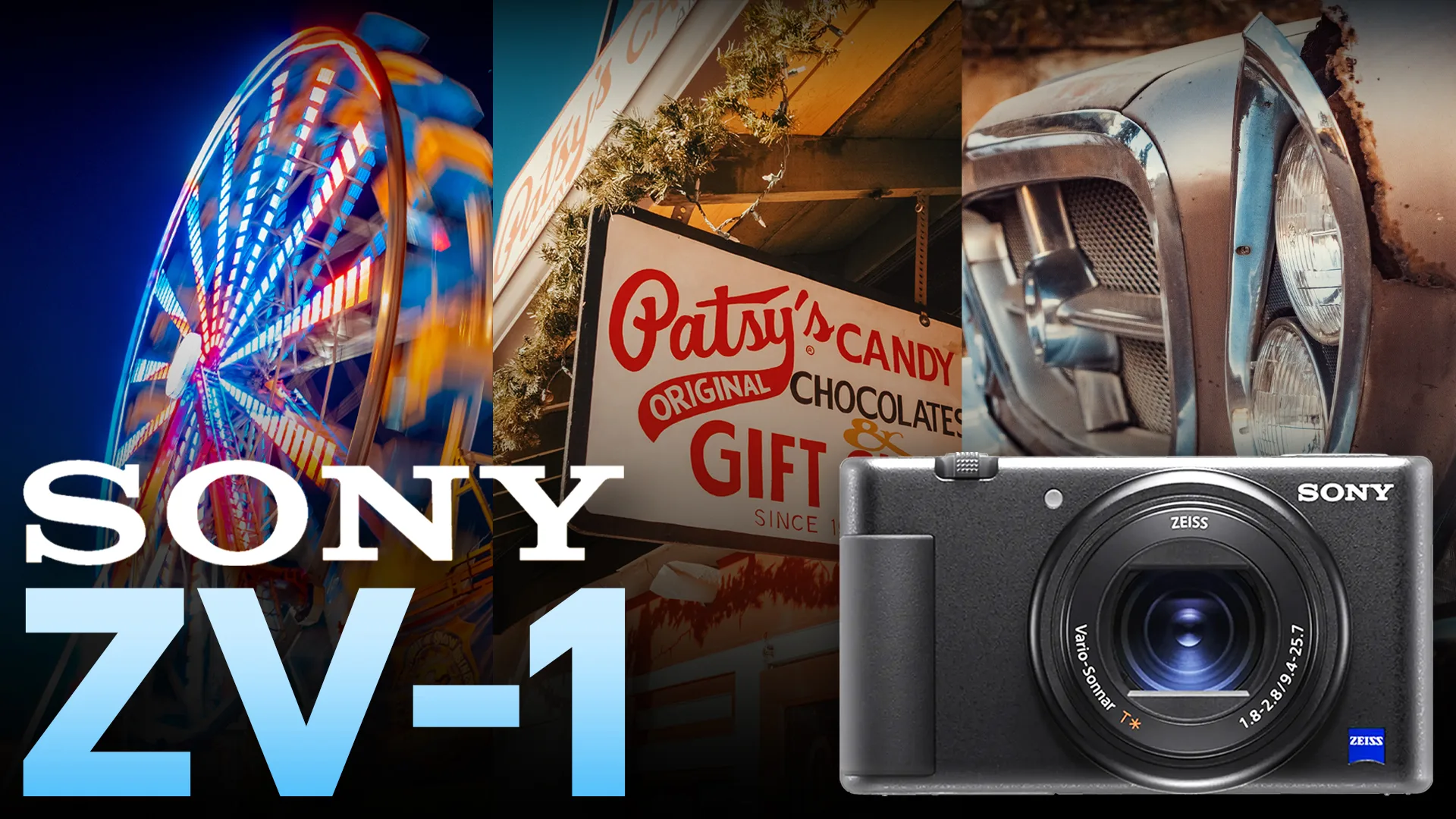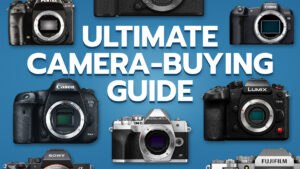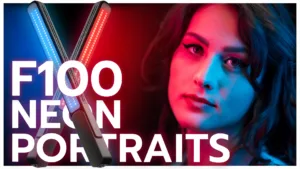Premium Point & Shoot
So, you want to know if the Sony ZV-1 is still good in 2025… Well, I’ve owned the ZV-1 for about a year now and think it’s quite a capable point and shoot camera for both photos and video. Like any camera, it has its strengths and weaknesses which I’ll address in this gear review. I bought my ZV1 camera in 2024 as an upgrade to my Nikon CoolPix A900, which I miss a lot. But, the newer Sony camera can do quite a bit that the Coolpix couldn’t. So let’s dig into the Sony ZV-1 and find out if it’s still good in 2025!
Sony ZV-1 Specs
The Sony ZV-1 dropped in 2020 as a compact, point and shoot camera tailored for vloggers and content creators. Now, 5 years later, it’ still a top contender for creators wanting a solid photo and video camera without breaking the bank. Let’s break down some of the important specs of the ZV-1:
- Sensor: 20.1 MP 1″ BSI Sensor
- Weight: 294 g
- 315 Phase Detect AF Points
- Video 4K24, 25, 30 FPS
- S-Log2 & 3
- 1080 120 FPS
- Built-in ND Filter
- Zeiss 24-70mm f1.8-2.8 Lens
- MSRP: $650-750 USD
At just 294g, the ZV-1 is quite small. Its lightweight build makes it an ideal camera for creators who are always on the move. Now it may be small but this little camera is jam-packed with super useful features. It comes with a hotshoe for a mic or flash, a 3.5mm audio jack AND both micro-HDMI and USB ports. You can record to an external device or use the ZV-1 as a webcam!

ZV-1 Photo Quality
The ZV-1’s 20.1-megapixel 1″ BSI CMOS sensor is capable of great image quality for its size. And yes, it shoots RAW! Paired with the ZEISS Vario-Sonar lens with a 24-70mm equivalent focal range and a maximum aperture of f/1.8-2.8, it’s not too shabby in low-light conditions! The wide aperture can also produces stunning bokeh behind your subject.
I should note that when I bought my ZV-1, the built-in neutral density filter was switched on by default. The ND filter blocks about 4 stops of light, so I was having to turn up my ISO or lower my shutter speed to compensate. You could imagine my delight once I turned my ND filter off (months later) and “magically” gained a few extra stops of light! This made the ZV-1 perform even better in low-light situations!

ZV-1 Low-Light Performance
With an ISO range of 100-12,800, the ZV-1 handles low-light scenarios better than I expected. Now it’s not as clean as say a newer full-frame mirrorless camera, but remains highly competitive in its category. This past summer I took some photos at the State Fair and was pleasantly surprised at the quality of the low performance of the Sony ZV-1.

Video Capabilities of the ZV-1
The ZV-1 records in 4K at 24, 25 & 30 fps. It also shoots Full HD 1920×1080 at up to 120 fps for slow-motion shots. This is more than enough resolution for YouTube, Twitch or Instagram. As I mentioned earlier, you can record to an external device via the Micro-HDMI port, OR use the ZV-1 as a 4K webcam for live streaming!
Additionally, the ability to record in LOG via S-Log2 & S-Log3 is a huge plus if you like to get the most dynamic range and color grade your footage when you edit. The ZV-1 comes with a hotshoe windscreen, but I’d honestly recommend investing in an external shotgun mic for the highest audio quality possible.
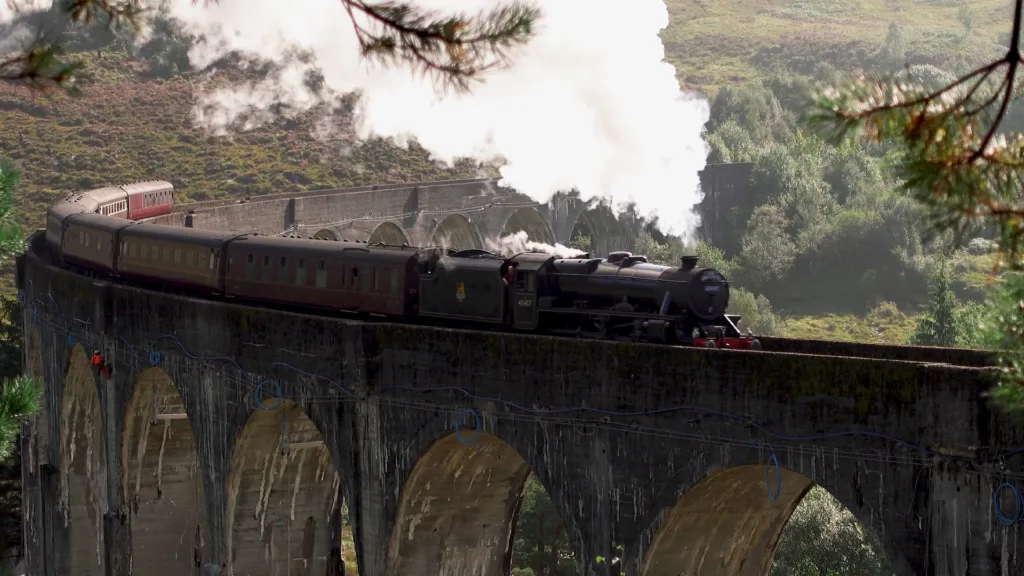
ZV-1 for Vlogging
One important feature of the ZV-1 is the 3″ articulating touchscreen LCD. It makes framing shots and monitoring videos easy from either side of the camera. The ZV-1 has realtime eye autofocus with 315 Phase Detect AF Points. It also has face priority auto exposure, so as a creator, you can focus storytelling instead of worrying about settings.
The ZV-1 also includes a built-in ND filter and Product Showcase Mode. The ND filter works like sunglasses for your camera, and allows you to use a slower shutter speed and wider aperture when shooting video. The showcase mode ensures smooth and fast focus transitions when showing off items to the camera, if maybe you’re one of those folks on Youtube who reviews things…
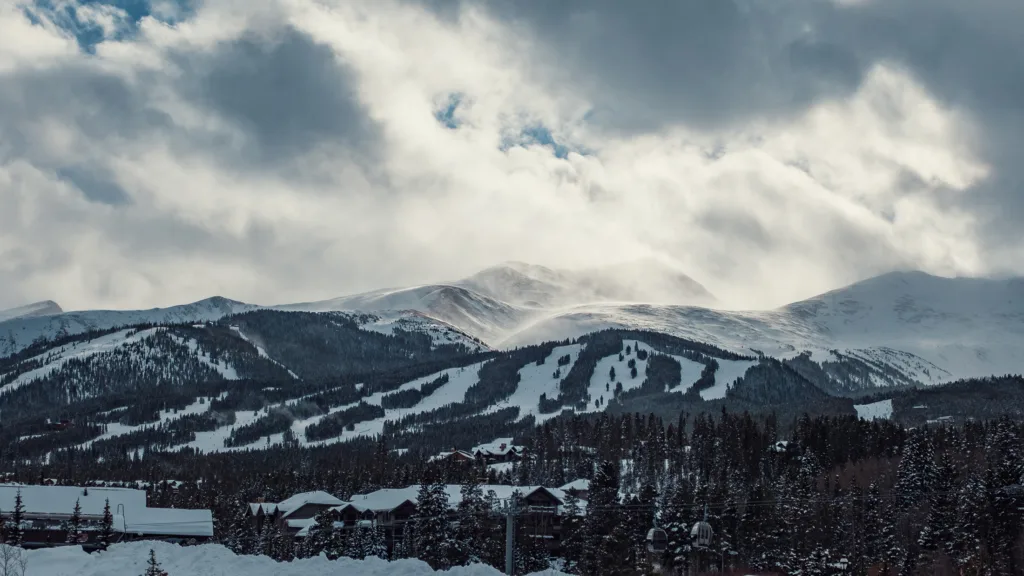
Is the ZV-1 Still Good in 2025?
For vloggers and content creators, the Sony ZV-1 is still good in 2025. Honestly, it’s great if you’re a photographer with a good grasp on the exposure triangle. Yes, newer interchange lens cameras offer more features in a bigger form factor with a much bigger price tag. BUT, ZV-1 punches above its weight-class in terms of features for creators. The ZV-1 a solid choice—especially for those looking to upgrade from a smartphone or older point-and-shoot camera.
Lastly, I’d like to note that the ZV-1 Mark II was release in 2023. However, I much prefer the original for many reasons. The most important being the wider aperture of F2.8 vs. F4 when fully zoomed. Secondly, the ability to zoom into 70mm, instead of just 50mm on the Mark II, makes a big difference. The ZV-1 II is also currently $800. If you found this review helpful, be sure to Subscribe to the blog below, and to my Photography Youtube channel!
Until next time, get out and go shoot!

